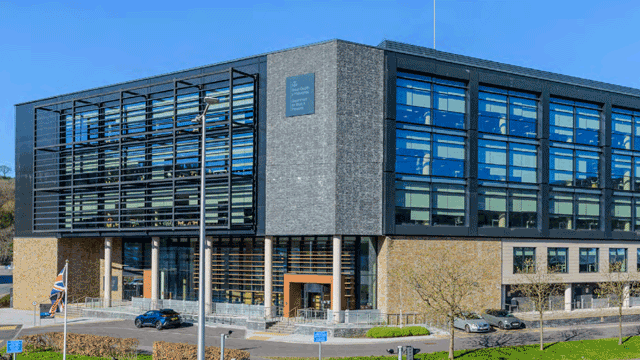COMMENT: Thermo Fisher Scientific may not have been a familiar name to many before the coronavirus pandemic, but it has since hit the headlines through its commitment to supply all of the Covid-19 tests needed for the UK government to ramp up screening to 100,000 a day. Significantly, the company is going to scale up its British manufacturing capacity in order to achieve this.
Thermo Fisher Scientific is a global life sciences player with 75,000 employees and is symbolic of the growing service and supply vertical which is in expansion mode as life sciences companies increasingly deploy outsourcing strategies.
UK employment in the biopharma service and supply vertical, which includes contract manufacturing and research, reagent and equipment suppliers and clinical research organisations, has grown by 15% over the past five years, with the net addition of 7,300 jobs.
Meanwhile, medtech service and supply employment, which includes specialist consultants, reagent and equipment suppliers and contract manufacturing and research, has grown by 2,500 jobs, or 9%, over the same period.
Real estate boost
The demand for outsourced services has clearly been rising, and it is expected to continue as smaller companies that lack in-house capabilities look to third parties and as larger life sciences companies seek to reduce costs and focus upon their core competencies in order to generate value.
This growth is translating into expansion-led real estate activity. In manufacturing, Thermo Fisher Scientific already had plans to increase capacity across a number of its UK facilities. In Cramlington, Northumberland, for example, it has gone from fewer than 130 people in 2016 to plans for more than 400 people by 2020.
In the office sector, third parties specialising in emerging areas such as virtual clinical trials and AI drug discovery and development are acquiring space. In London, for example, Medpace acquired more than 10,000 sq ft in EC4 in the closing months of 2019, while in Reading Premier Research took a 12,000 sq ft office in Q3 2019.
Against this backdrop of growth and opportunity, the service and supply vertical is also consolidating as players seek to broaden both their service offerings and their geographical presence.
Notable recent deals include Charles River Laboratories’ acquisition of Citoxlab and Thermo Fisher Scientific’s purchase of Qiagen – a deal that is expected to create $150m (£122m) of cost synergies within three years of it closing. This will have inevitable consequences for real estate portfolios post-integration.
The future
So what are some of the key trends to look out for in the future? And what impact will they have on the real estate needs of companies in this increasingly important life sciences vertical?
The convergence of technology and life sciences will fuel the growth of new service and supply companies, while established companies will create new tech-led business models. This will lead to fresh occupational demand and potential relocation activity as companies gravitate towards locations and workspaces that can attract and retain tech talent. A rise in demand for novel therapies will require new facilities and expertise.
Another trend to watch out for is the ascendance of a few dominant players. Our research indicates a shift towards pharma and biotech companies forming longer-term relationships with fewer suppliers. This will create large end-to-end suppliers and further drive expansion-led real estate requirements.
Finally, Covid-19 has exposed weaknesses in supply chains which may lead to more manufacturing being undertaken in the UK.
One thing is certain. The dynamism in the service and supply vertical is not going away. Those who actively monitor and understand the companies operating within this growing sub-sector will be best placed to fully harvest the real estate opportunity.
Jennifer Townsend is an associate at Knight Frank











